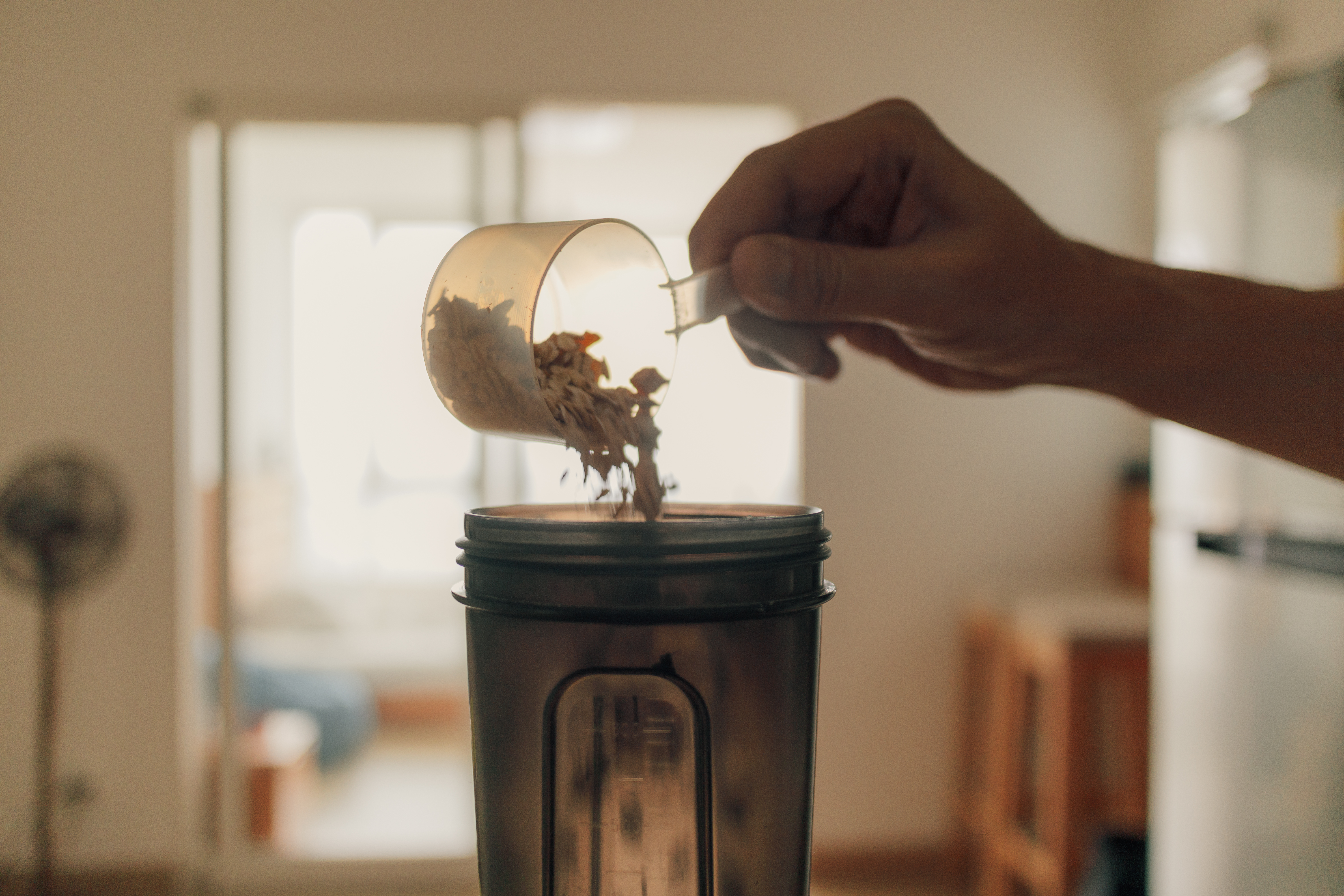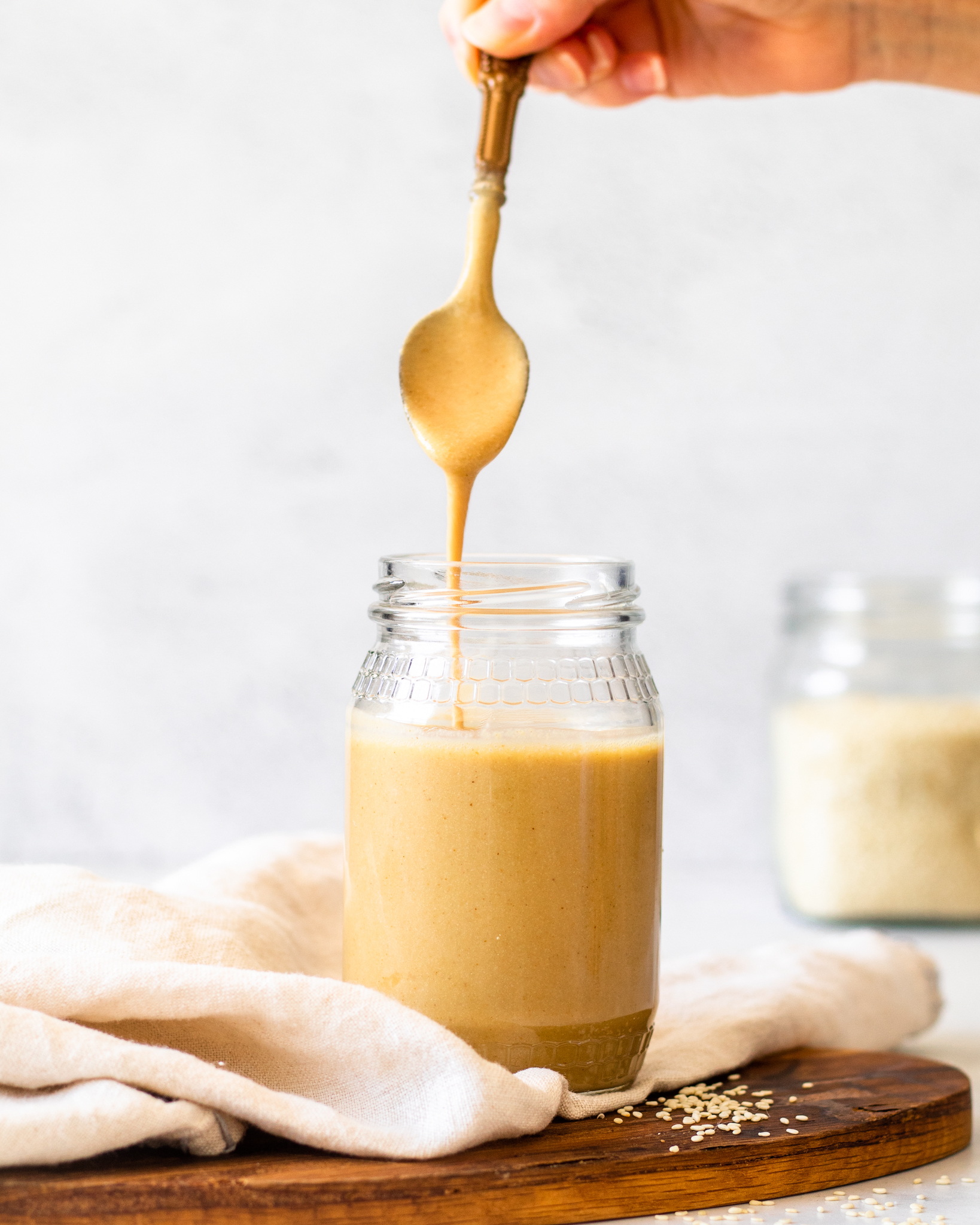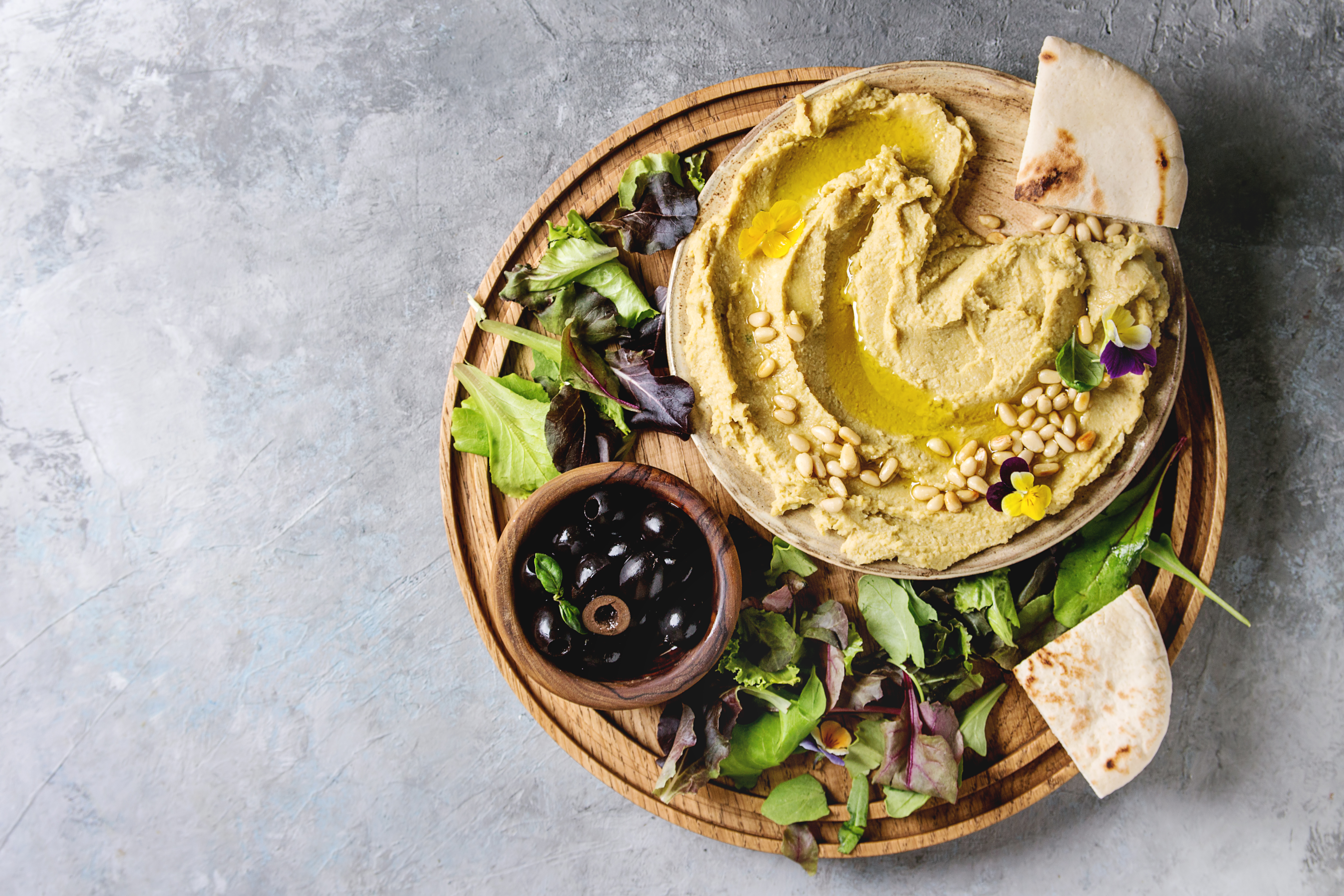While most parents have the need for iron drilled into their mind, protein is also important for children (and adults), and it’s not always obvious how to get it for vegan and vegetarians. Plant-based sources of protein aren’t as readily absorbed by the body, so you’ll need more protein overall in the diet if you’re opting for non-meat sources. That said, you might be surprised at how many common vegan foods have considerable amounts of protein – and many of them are kid-friendly. To find out more about plant-based protein sources, we chatted with Samantha Cassetty, MS, RD, and advisor to Performance Kitchen.
Momtastic: Do most Americans get too much protein?
Samantha Cassetty: Protein requirements are set to prevent deficiency, and by that definition, most people either meet or exceed that amount. However, older adults, meal skippers, and people who follow restrictive diets may be at risk of getting too little protein.

Momtastic: How much protein do we actually need?
Samantha Cassetty: There are two ways to look at protein needs–there’s the amount needed to prevent a deficiency, and there’s the amount needed for optimal health. At the low end, people need 0.8 g of protein per kilogram body weight. However, to optimize muscle strength and help with appetite regulation, it may be beneficial to have more. Depending on activity levels, a better range is between 1.2 to 2.0 grams of protein per kilogram body weight, with the upper end for athletes. (Some athletes may need even more, depending on their training.)
One thing that often gets missed in the conversation about protein is protein distribution. So, eating enough protein isn’t the same as eating enough at each meal. Although protein needs can vary, most adults could benefit from eating about 20 to 30 grams of protein per meal. You can achieve this if you’re deliberate about it, but it’s much higher than a typical breakfast of oatmeal or avocado toast.
Momtastic: What are the dangers of too much protein?
Samantha Cassetty: The main danger is if you have poor kidney functioning. In that case, you may need to be on a lower protein diet because too much protein could worsen your condition. Also, the source of your protein matters quite a bit. If you’re eating a lot of red or processed meat, you may be at increased risk of heart disease and certain forms of cancer. It’s also important to consider what you’re NOT eating if you’re over-consuming protein. For example, are you eating excessive protein but skimping on veggies or whole grain carbohydrates? In this case, you might be missing out on fiber and other nutrients that are needed for long-term health. But if you’re varying your protein sources and eating an otherwise healthy diet that’s rich in plant foods, and if you’re healthy, many of the concerns about too much protein are overstated.

Momtastic: Is there a difference in how protein from animals vs plants is absorbed?
Samantha Cassetty: With a few exceptions, most plant proteins lack one or more of the amino acids that animal proteins have. You can still get everything you need on an exclusively plant-based diet, but it’s crucial to meet your calorie requirements and to vary your protein sources during the day. So, if one meal is missing something, you’ll get it from another meal. Your body can store amino acids for a short period of time, so you don’t have to worry about combining different proteins at each meal; that’s an outdated concept. However, it’s still helpful to include a few unique plant protein sources at a meal so you reach the overall target. For instance, instead of a big plate of chickpeas, you could have a smaller portion with some quinoa, veggies, and nuts or seeds.
It’s worth noting that because of the differences in how your body absorbs protein, eating 20 grams of plant protein isn’t exactly the same as eating the equivalent amount of animal protein. So, if you’re exclusively plant-based, you may need more protein at each meal than someone who’s eating animal proteins as well as plant ones.

Momtastic: Can you highlight a few foods that “sneakily” have a lot of plant-based protein and explain how much a serving is and how much protein is in that serving.
Samantha Cassetty:
Soy milk. A cup of plain, unsweetened soy milk has 8 grams of protein, which is the same amount as a cup of milk. Generally, plant-based milk, such as almond milk or oat milk, are poor sources of protein, so if you’re exclusively plant-based and struggling to meet your protein requirements–especially at breakfast–it might be helpful to swap to soy milk. Pea-based milk is another protein-packed option.
Oats. A half-cup serving of raw oats has 5 grams of protein, which is a good amount. People forget that grains provide some protein. This isn’t the equivalent of 5 grams of animal protein, but when eaten with other plant protein sources at a meal, it all adds up!
Tahini. A 2-tablespoon serving of tahini has about 5 grams of plant-based protein. I love making a salad dressing with tahini, or using a drizzle over veggies. It’s a wonderful way to boost the protein and accent the flavor of meals and snacks!
Artichoke hearts. Each artichoke heart has almost a gram of protein, so by adding several to your meal, you could get a little boost! I buy them frozen and stick them in the air fryer for about 7-10 minutes. Then, I add them to salads and plant-protein pastas for extra deliciousness and a little sneaky protein. Artichoke hearts also bring lots of fiber to your meals, with nearly 2 grams of fiber per heart.




